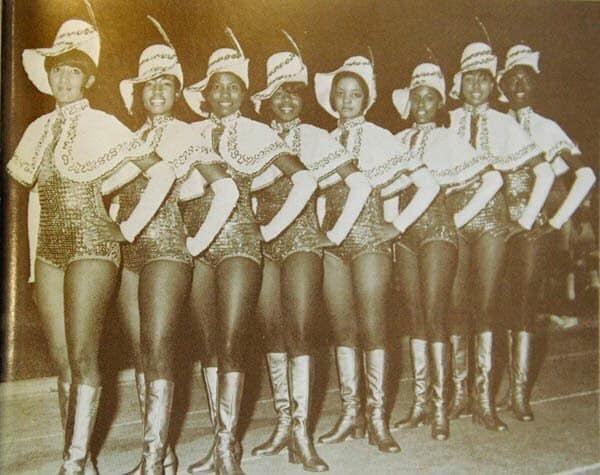All About Majorette Dance
Where it All Started
Derived from the Dutch word "Dansmarietjes," the original majorettes were carnival dancers who twirled batons in their performances. When the style reached the American South, it morphed into what HBCUs know today. Majorettes encompass more than just dancing; they hold a significant cultural role, particularly in Historically Black Colleges and Universities (HBCUs), as a tribute to Black culture. Alcorn State University a HBCU introduced the first majorette group in 1968, the Golden Girls, composed of eight dancers. They incorporate various dance styles like jazz, hip-hop, ballet, burlesque, kick lines, and bucking to both entertain audiences and pay homage to those who paved the way.

Majorette dance has evolved from its roots as a baton twirling art form into a vibrant, powerful expression of athleticism and rhythm that blends elements from various dance styles. Through intensive training, majorette developped the strength, precision and grace needed to bring their routines to life, drawing inspiration from the iconic figures and legendary teams that have pushed the boundaries of the style. These women have paved the way for a new generation of majorettes who continue to honor tradition while adding fresh, innovative twists. Majorette dance remains a dynamic art form, celebrating both individuality and teamwork and inspiring audiences with every performance.
